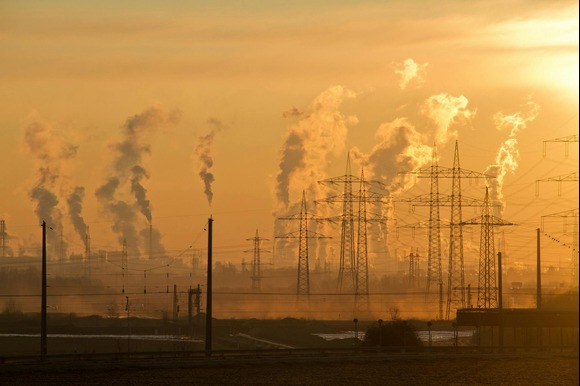
Pixabay
In a stark warning, the World Meteorological Organization (WMO) on Wednesday released a report highlighting a 70 per cent probability that global temperatures will exceed the critical 1.5°C threshold above pre-industrial levels at least once between 2025 and 2029.
This alarming forecast comes as 180 out of 195 countries under the United Nations Framework Convention on Climate Change (UNFCCC) have yet to submit their updated nationally determined contributions (NDCs)—their climate action plans for 2031 to 2035—ahead of the 30th Conference of the Parties (COP30). These national climate plans are fundamental to efforts aimed at limiting the global temperature rise to 1.5°C.
The WMO alert follows a similar forecast by the European Union’s Earth Observation Programme Copernicus Climate Change Service, which in March projected that the global average temperature could breach the 1.5°C threshold as early as September 2029 if the current warming trend persists. According to the WMO’s ‘Global Annual to Decadal Climate Update (2025–2029)’, the annual average global mean near-surface temperature for each year from 2025 to 2029 is expected to be between 1.2°C and 1.9°C above the 1850–1900 average.
The report underscores the importance of sustained climate monitoring to support informed decision-making and to help communities adapt to intensifying climate impacts. It also notes an 80 per cent chance that at least one of the next five years will surpass 2024 as the hottest year on record.
While the likelihood remains low, the report mentions a 1 per cent chance that a single year between now and 2029 could experience warming exceeding 2°C. Highlighting that the ten warmest years on record have occurred recently, WMO Deputy Secretary-General Ko Barrett stated that the new data signals no signs of relief from accelerating climate impacts. “This means that there will be a growing negative impact on our economies, our daily lives, our ecosystems, and our planet,” Barrett said.
He added that continued climate observation and predictive modelling are vital to equipping policymakers with the scientific tools and information necessary to implement effective adaptation strategies.
The year 2024 marked a grim milestone—it was not only the hottest year ever recorded but also the first year to surpass the 1.5°C increase over the 1850–1900 baseline. This threshold is the target set by countries in the 2015 Paris Agreement to avert the most catastrophic effects of climate change.
However, WMO clarified that a permanent breach of the 1.5°C target refers to sustained warming over a 20-year period. Temporary overshoots of this level are expected to become more frequent in the near future.
“Every additional fraction of a degree of warming increases the likelihood of more intense and frequent heatwaves, extreme rainfall, prolonged droughts, accelerated melting of ice sheets, sea ice, and glaciers, ocean warming, and rising sea levels,” the report cautioned. It also warned that Arctic regions are likely to experience warming over the next five extended winters (November to March) at a rate more than 3.5 times the global average, reaching 2.4°C above the 1991–2020 average.
The WMO also forecasts continued sea-ice losses in the Barents Sea, Bering Sea, and Sea of Okhotsk from March 2025 to 2029.
In terms of precipitation, the WMO report projects that May to September during the 2025–2029 period will likely see wetter-than-average conditions in regions such as the Sahel in Africa, Northern Europe, Alaska, and northern Siberia. Conversely, drier-than-average conditions are expected in the Amazon basin.
As for South Asia, the forecast suggests the region—which has mostly experienced wetter-than-average conditions in recent years, except for 2023—is likely to continue this trend through 2029. However, the report cautions that not every individual monsoon season in this timeframe will necessarily follow this pattern.




